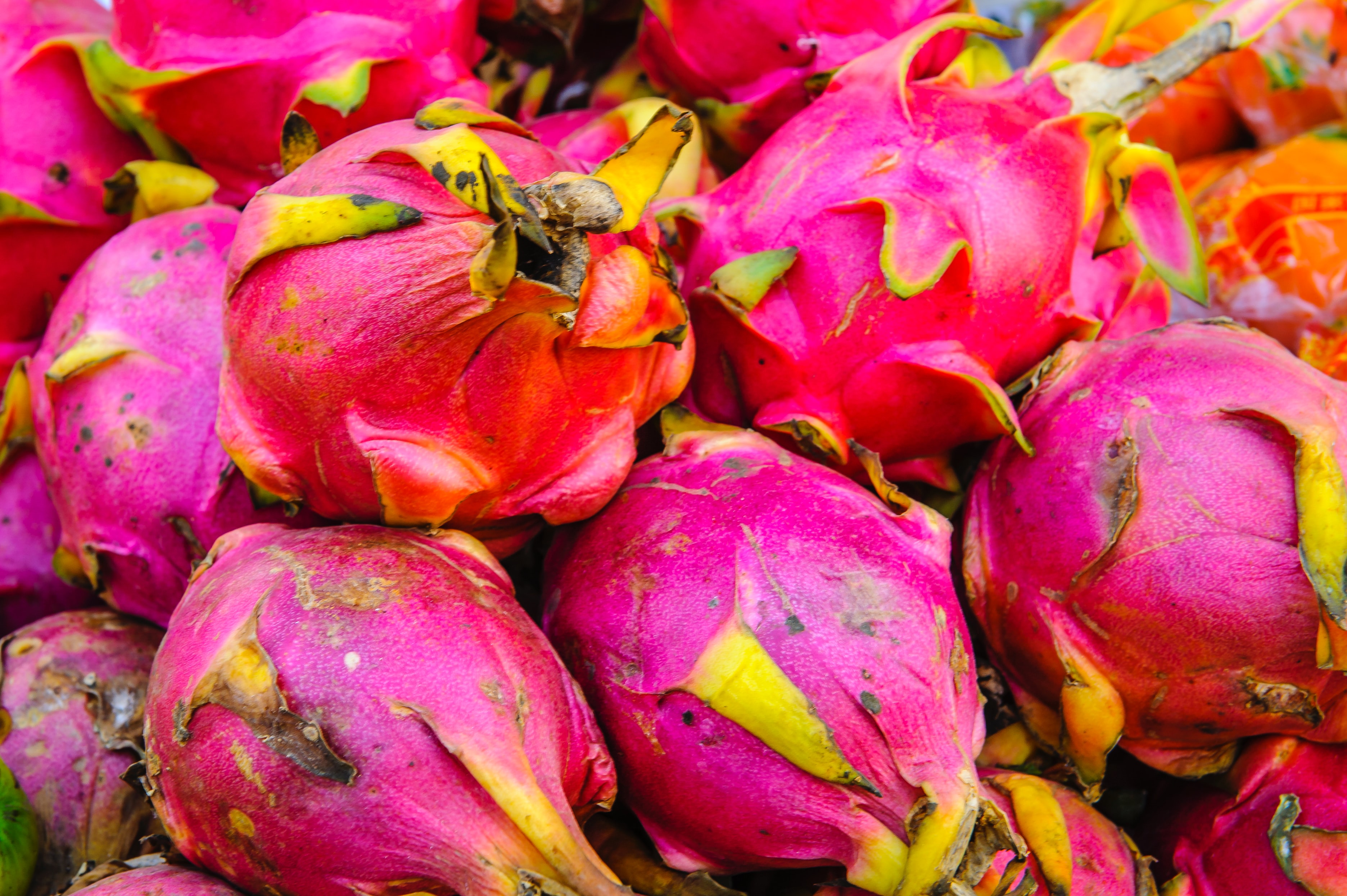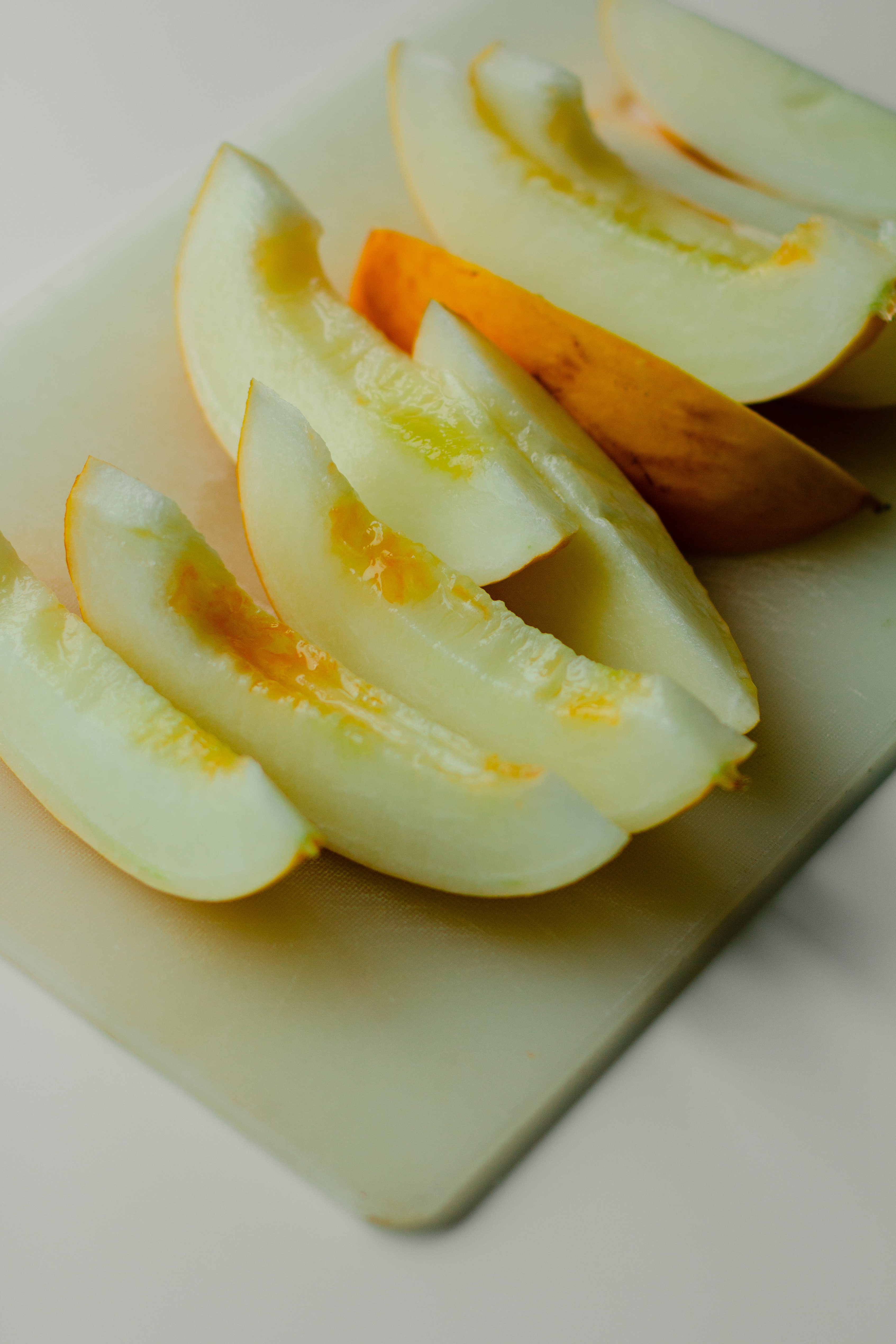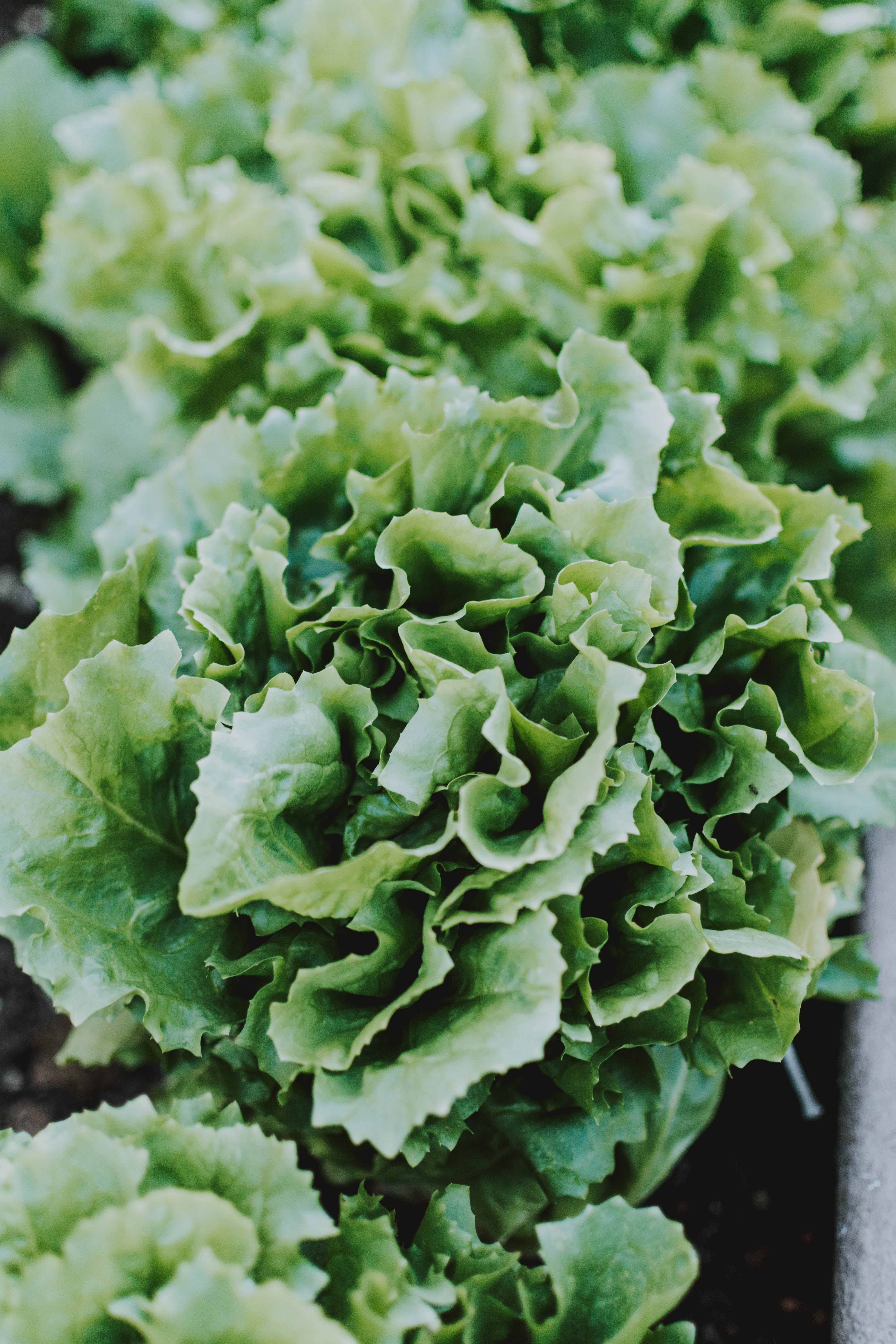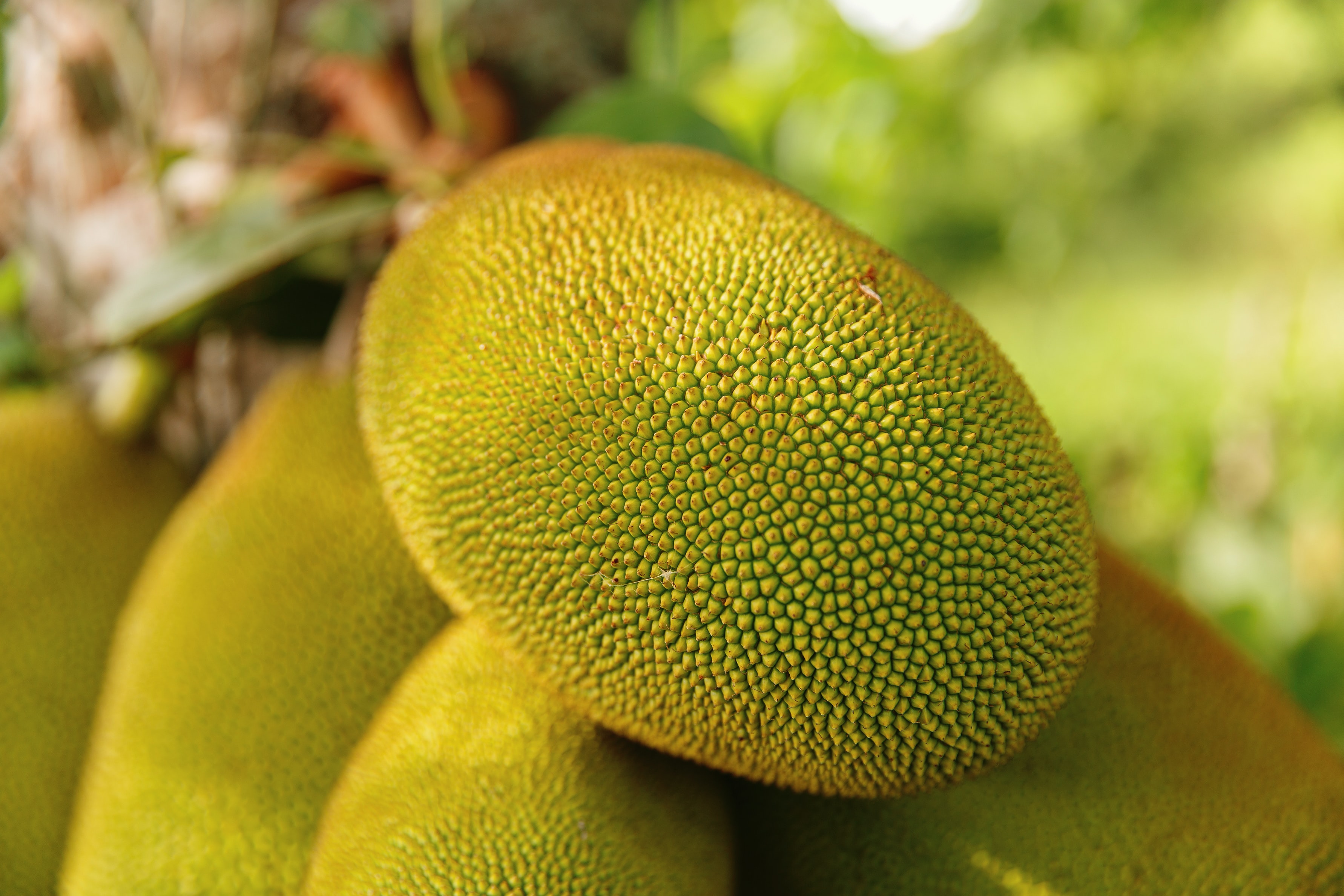
Apple
An apple is an edible fruit produced by an apple tree (Malus domestica). Apple trees are cultivated worldwide and are the most widely grown species in the genus Malus. The tree originated in Central Asia, where its wild ancestor, Malus sieversii, is still found today. Apples have been grown for thousands of years in Asia and Europe and were brought to North America by European colonists. Apples have religious and mythological significance in many cultures, including Norse, Greek, and European Christian tradition.
Apples are an important ingredient in many desserts, such as apple pie, apple crumble, apple crisp and apple cake. When cooked, some apple cultivars easily form a puree known as apple sauce.

Banana
A banana is an elongated, edible fruit – botanically a berry[1][2] – produced by several kinds of large herbaceous flowering plants in the genus Musa.[3] In some countries, bananas used for cooking may be called "plantains", distinguishing them from dessert bananas. The fruit is variable in size, color, and firmness, but is usually elongated and curved, with soft flesh rich in starch covered with a rind, which may be green, yellow, red, purple, or brown when ripe. The fruits grow in clusters hanging from the top of the plant.
Export bananas are picked green, and ripen in special rooms upon arrival in the destination country. These rooms are air-tight and filled with ethylene gas to induce ripening. The vivid yellow color consumers normally associate with supermarket bananas is, in fact, caused by the artificial ripening process.

Cantaloupe
The cantaloupe, rockmelon (Australia and New Zealand), sweet melon, or spanspek (South Africa) is a melon that is a variety of the muskmelon species (Cucumis melo) from the family Cucurbitaceae. Cantaloupes range in weight from 0.5 to 5 kilograms (1 to 11 lb). Originally, cantaloupe referred only to the non-netted, orange-fleshed melons of Europe, but today may refer to any orange-fleshed melon of the C. melo species.[2]
Because the surface of a cantaloupe can contain harmful bacteria—in particular, Salmonella—it is recommended that a melon be washed and scrubbed thoroughly before cutting and consumption.

Dragon Fruit
A pitaya or pitahaya is the fruit of several different cactus species indigenous to the Americas.[1][2] Pitaya usually refers to fruit of the genus Stenocereus, while pitahaya or dragon fruit refers to fruit of the genus Selenicereus (formerly Hylocereus), both in the family Cactaceae. Dragon fruit is cultivated in Mexico, Southeast Asia, India, the United States, the Caribbean, Australia, Mesoamerica and throughout tropical and subtropical world regions.
These fruits are commonly known in English as "dragon fruit", a name used since around 1963, apparently resulting from the leather-like skin and prominent scaly spikes on the fruit exterior.

Eggplant
Most commonly purple, the spongy, absorbent fruit is used in several cuisines. Typically used as a vegetable in cooking, it is a berry by botanical definition. As a member of the genus Solanum, it is related to the tomato, chili pepper, and potato, although those are of the New World where the eggplant, like nightshade, is Old World. Like the tomato, its skin and seeds can be eaten, but, like the potato, it is usually eaten cooked. Eggplant is nutritionally low in macronutrient and micronutrient content, but the capability of the fruit to absorb oils and flavors into its flesh through cooking expands its use in the culinary arts.
In 2018, world production of eggplants was 54 million tonnes, led by China with 63% of the total and India with 24%

Fig
The fig is the edible fruit of Ficus carica, small tree species in the mulberry family. Native to the Mediterranean and western Asia, it has been cultivated since ancient times and is now widely grown throughout the world, both for its fruit and as an ornamental plant.[3][4] Ficus carica is the type species of the genus Ficus, containing over 800 tropical and subtropical plant species. Figs can be eaten fresh or dried, or processed into jam, rolls, biscuits and other types of desserts. Since the ripe fruit does not transport and keep well, most commercial production is in dried and processed forms. Raw figs contain roughly 80% water and 20% carbohydrates, with negligible protein, fat and micronutrient content. They are a moderate source of dietary fiber.
The edible fig is one of the first plants that were cultivated by humans.

Grapes
grape is a fruit, botanically a berry, of the deciduous woody vines of the flowering plant genus Vitis. Grapes can be eaten fresh as table grapes, used for making wine, jam, grape juice, jelly, grape seed extract, vinegar, and grape seed oil, or dried as raisins, currants and sultanas. Grapes are a non-climacteric type of fruit, generally occurring in clusters.
iGrape juice is obtained from crushing and blending grapes into a liquid. The juice is often sold in stores or fermented and made into wine, brandy, or vinegar.

Honeydew
A honeydew has a round to slightly oval shape, typically 15–22 cm (5.9–8.7 in) long. It generally ranges in weight from 1.8 to 3.6 kg (4.0 to 7.9 lb). The flesh is usually pale green in color, while the smooth peel ranges from greenish to yellow. Like most fruit, honeydew has seeds. The inner flesh is eaten, often for dessert, and honeydew is commonly found in supermarkets across the world alongside cantaloupe melons and watermelons. In California, honeydew is in season from August until October.
"Honeydew" is in fact the American name for the White Antibes cultivar which has been grown for many years in southern France and Algeria.

Iceberg Lettuce
Lettuce (Lactuca sativa) is an annual plant of the daisy family, Asteraceae. It is most often grown as a leaf vegetable, but sometimes for its stem and seeds. Lettuce is most often used for salads, although it is also seen in other kinds of food, such as soups, sandwiches and wraps; it can also be grilled.[3] One variety, the celtuce (asparagus lettuce), is grown for its stems, which are eaten either raw or cooked. In addition to its main use as a leafy green, it has also gathered religious and medicinal significance over centuries of human consumption. Europe and North America originally dominated the market for lettuce, but by the late 20th century the consumption of lettuce had spread throughout the world. World production of lettuce and chicory for 2017 was 27 million tonnes, 56% of which came from China.
Lettuce was originally farmed by the ancient Egyptians, who transformed it from a plant whose seeds were used to create oil into an important food crop raised for its succulent leaves and oil-rich seeds.

Jackfruit
Jackfruit is commonly used in South and Southeast Asian cuisines. Both ripe and unripe fruits are consumed. The jackfruit is the national fruit of Bangladesh and Sri Lanka, and the state fruit of the Indian states of Karnataka, Kerala and Tamil Nadu. It is available internationally canned or frozen and in chilled meals as are various products derived from the fruit such as noodles and chips.
Ripe jackfruit is naturally sweet, with subtle pineapple- or banana-like flavor. It can be used to make a variety of dishes, including custards, cakes, or mixed with shaved ice as es teler in Indonesia or halo-halo in the Philippines.
Works Cited:
- Apple:
- picture: https://unsplash.com/photos/wXuzS9xR49M
- https://en.wikipedia.org/wiki/Apple
- Banana:
- picture: https://unsplash.com/photos/DkTuGvgPotA
- https://en.wikipedia.org/wiki/Banana
- Cantaloupe:
- picture: https://unsplash.com/photos/HYX5TjfBOGE
- https://en.wikipedia.org/wiki/Cantaloupe#Consumption
- Dragonfruit:
- picture: https://unsplash.com/photos/9YVh9yQvvvk
- https://en.wikipedia.org/wiki/Pitaya#Nutrients
- Eggplant:
- picture: https://unsplash.com/photos/yZu-4my7mP0
- https://en.wikipedia.org/wiki/Eggplant#Nutrition
- Fig:
- picture: https://unsplash.com/photos/luQDeUiLNbM
- https://en.wikipedia.org/wiki/Fig#Modern
- Grapes:
- picture: https://unsplash.com/photos/FcZsW1Jf8KA
- https://en.wikipedia.org/wiki/Grape#Skin
- Honeydew:
- picture: https://unsplash.com/photos/vAG80fBj95w
- https://en.wikipedia.org/wiki/Honeydew_(melon)
- Iceberg Lettuce:
- picture: https://unsplash.com/photos/gH_V_aXqG3Q
- https://en.wikipedia.org/wiki/Lettuce#Cultivars
- Jackfruit:
- picture: https://unsplash.com/photos/zEI8yxd_ktY
- https://en.wikipedia.org/wiki/Jackfruit